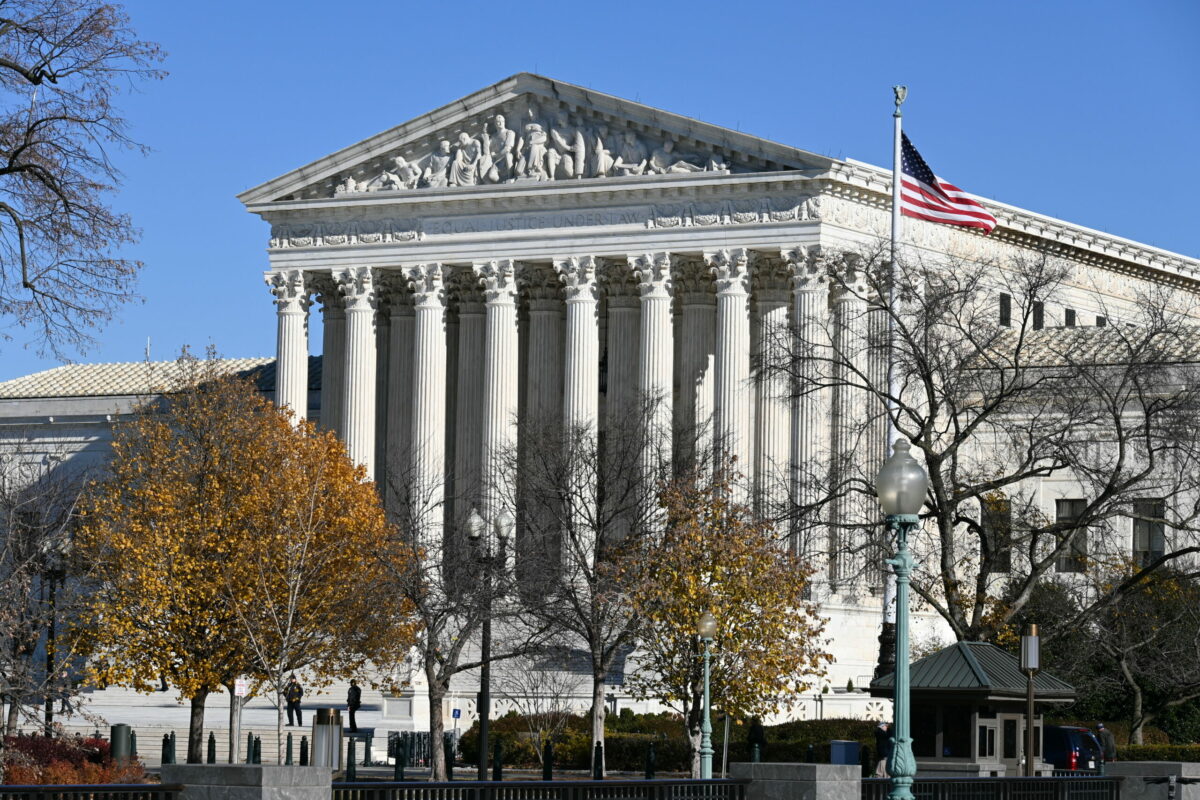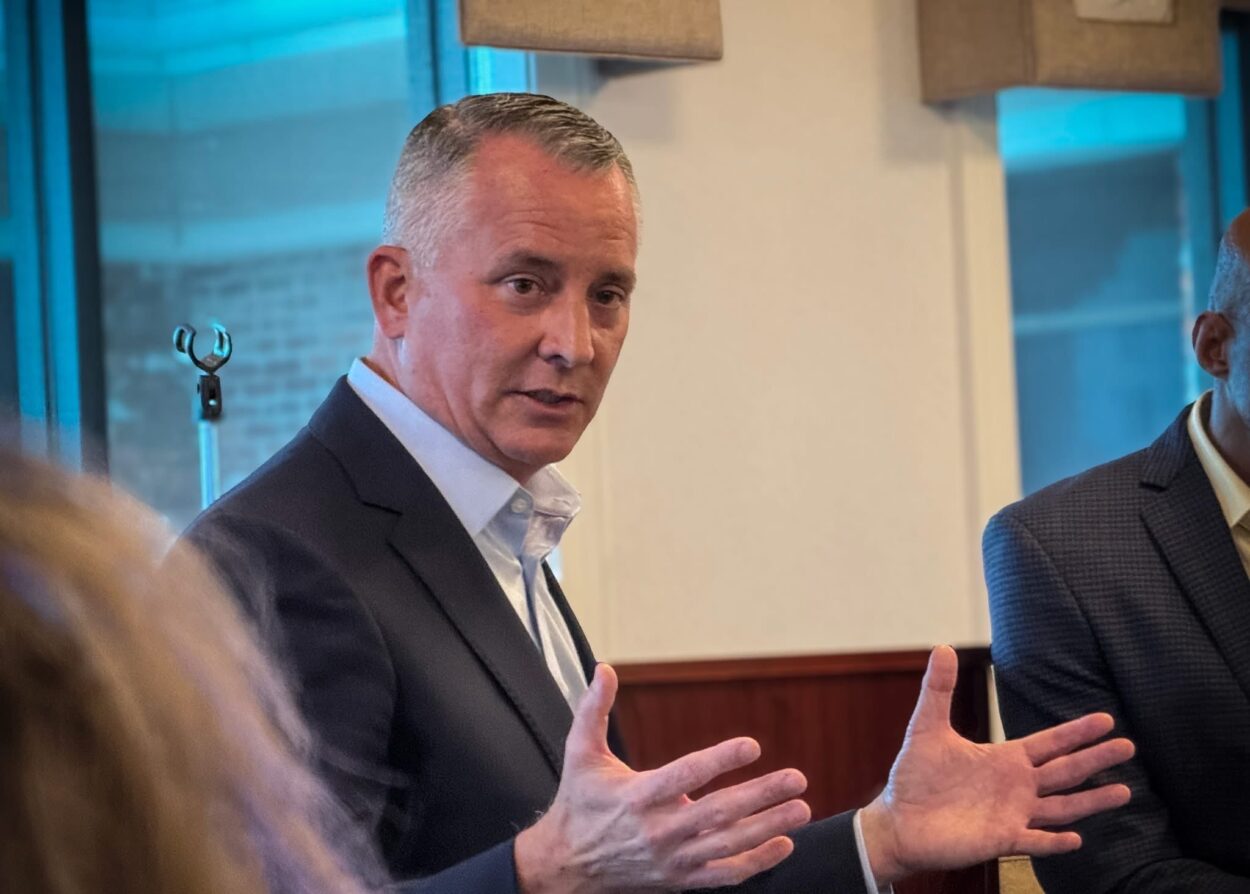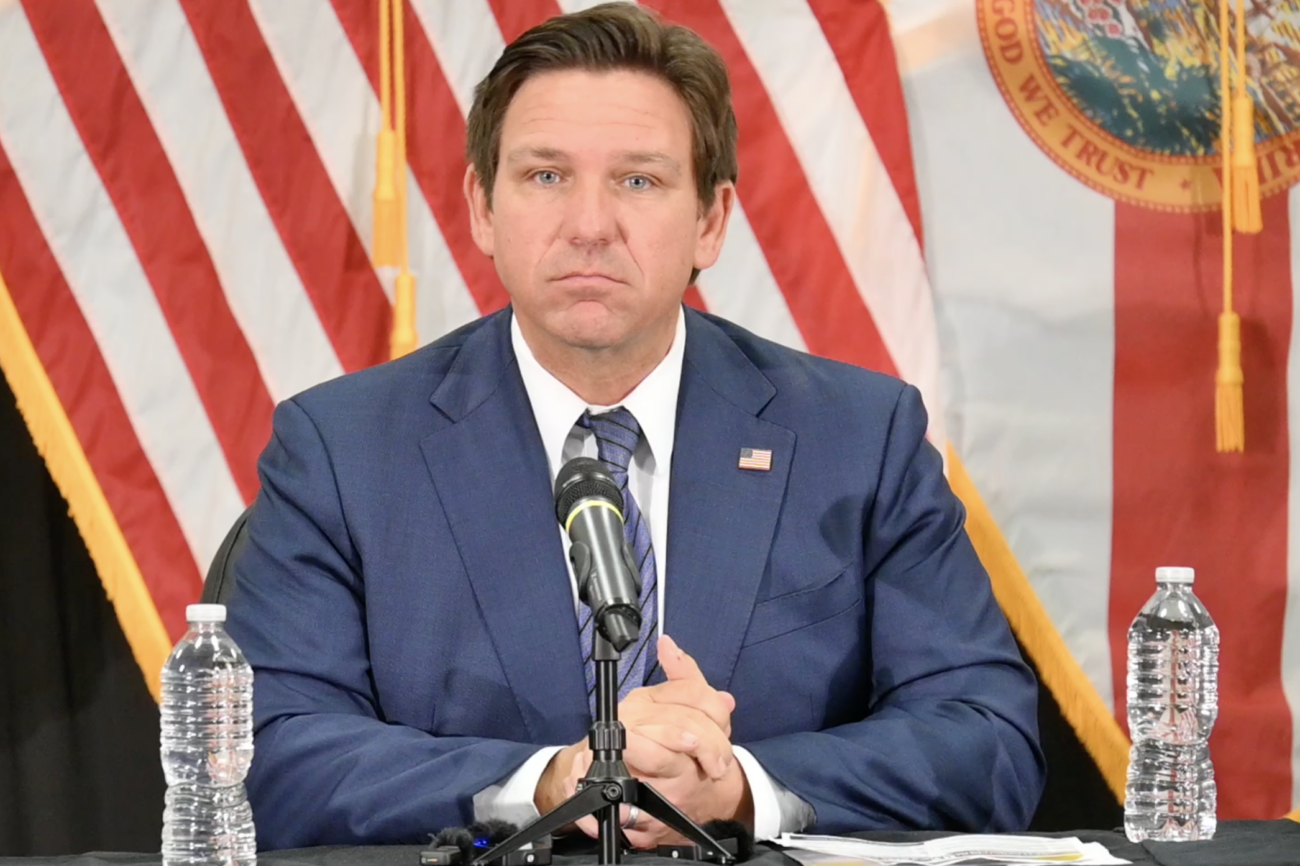Our home is blessed with an abundance of sunshine and water that attracts people and businesses. Protecting Florida requires balancing development with conservation.
Last summer, when Lake Okeechobee, and its two main outlets, were clogged with a thick, toxic, blue-green algae, it became clear we have not done enough.
Florida had our Cuyahoga River burning moment, the Ohio river that caught fire in 1969, becoming the symbol of environmental degradation, an event that lead to the Clean Water Act of 1972.
Dirty water is harmful to human and animal health, hurts tourism and the economy, and depletes our drinking water. Clean water should be everyone's priority, and the key to Florida’s water supply is the Everglades, yet progress has stalled because of confusion, funding, and land.
The solution is to carry out the Comprehensive Everglades Restoration Plan, approved by Congress in 2000, that includes 68 components, and will return the flow of clean water south to the Everglades National Park and into the Bay of Florida, as nature intended.
The cause of the algae bloom is not commonly known. Climate change activists like to attribute it to man-made climate change, which is unfortunately counterproductive. The algae bloom was caused by agricultural runoff and old septic systems leaching into Lake Okeechobee.
The threat to our Everglades is also conflated with other environmental problems. Last summer's algae bloom was accompanied by the worst red tide in over a decade. While agricultural runoff and sewage contribute to both problems, the two are not linked.
Politician also confuse the Everglades Restoration with the need to repair the Herbert Hoover Dike, a 70 year old structure that needs to be replaced, but is unrelated to the our core water problems.
As always, funding is an impediment. When the Everglades Restoration Plan was first passed, the estimated cost was $10.5 billion over 30 years, but is now projected to cost over $16 billion.
Funding for this project was intended to be split evenly between the federal and state governments. To this point Florida has invested $2.34 billion, and the federal government has only invested $1.37 billion.
The Trump administration has pledged $63 million more this year, but this falls short of the $200 million needed from the federal government to match investment by the state this year.
Land for the project is another barrier. In negotiating the original restoration plan, agricultural interests were able to drive up purchasing costs by taking eminent domain off the table.
A solution was devised to use 16,000 acres of public land south of Lake Okeechobee as a reservoir to clean the water, before sending it south into the Everglades. The lease on those 16,000 acres was up for renewal in April 2019. Governor DeSantis and Rep. Brian Mast asked the South Florida Water Management District to hold off on extending the lease.
The board went ahead with the no-bid lease renewal, which prompted the Governor to ask for resignations from the entire board. The lease can be broken after two years, but should be annulled.
The restoration of the Everglades will be the largest hydrologic restoration project ever undertaken in the United States. Since Flagler built his rail road to Key West, and the Apollo 11 rocket left Cape Canaveral, Florida has never hesitated to take on difficult projects.
Under the leadership of Governor Ron DeSantis there is advancement, including this week's announcement of the Blue Green Algae Task Force, but the legislature should do more to support the Governor's efforts.
In this final week of the 2019 Florida legislative session, Jose Oliva and Bill Galvano should take a vote to continue support of Everglades restoration, so progress is not put off for another year.

Matt Bucklin lives in Wellington, Florida, is a healthcare entrepreneur, and supporter of the Everglades Foundation.










